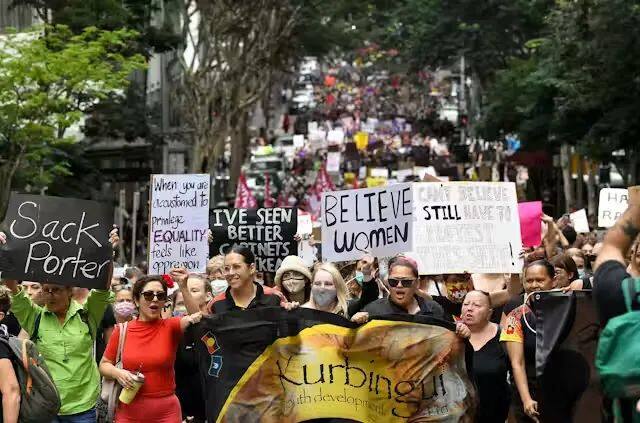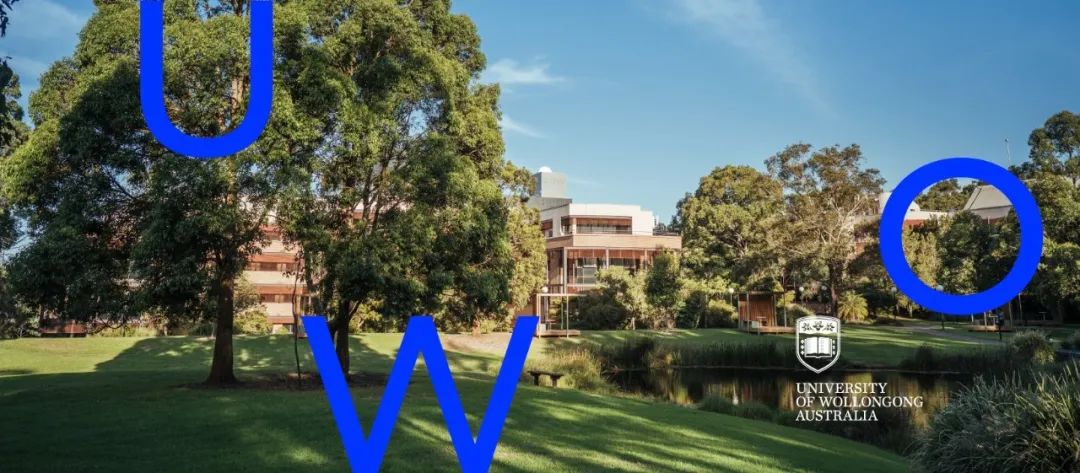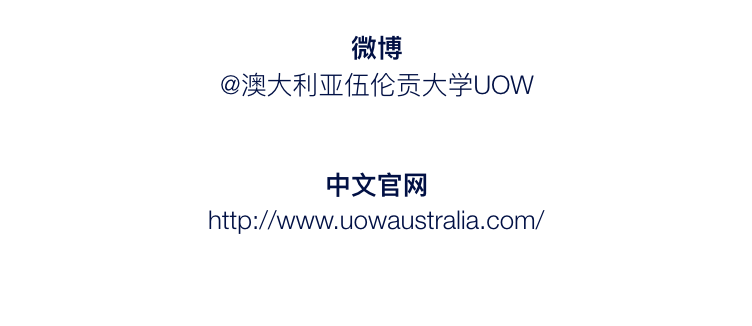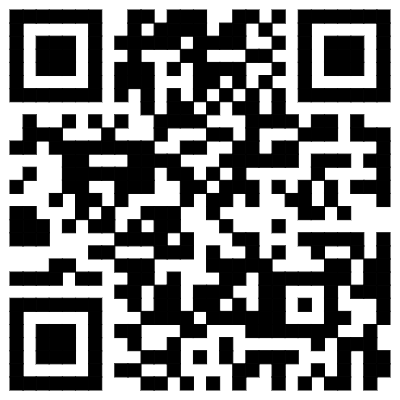Cold Knowledge Sharing | How much do you know about the feminist movement?
UOW College Australia


Two weeks ago was International Women's Day, a highly symbolic holiday for gender equality. In fact, the feminist movement did not originate very early, with the earliest large-scale feminist movements traceable to19the mid-century. Up to now, the world has experienced several waves of feminist movements. So, what are the characteristics of these feminist movements, what are they fighting for?
Professor Sharon Crozier-De Rosa from the University of Wollongong UOW published a research article in 'The Conversation'. Let's popularize some related knowledge together.

originated in1848
The first wave of feminism refers to the movement for suffrage. It began with the Seneca Falls Convention in the United States in 1848. 300 people gathered to debate Elizabeth Cady Stanton's 'Declaration of Sentiments', which outlined the inferior status of women and demanded suffrage -- or, the right to vote.
More than a decade later, in 1866, a suffrage petition was submitted to the British Parliament.
This wave ended in 1920 when American women were granted the right to vote (two years earlier, in 1918, limited female suffrage was introduced in the UK). Believers of the first wave believed that once the vote was won, women could exercise their rights to implement much-needed reforms concerning property ownership, education, employment, etc.
originated in 1963
The second wave coincided almost simultaneously with the publication of 'The Feminine Mystique' by American feminist Betty Friedan in 1963. Betty's views sparked widespread discussion and had a significant impact on the women's liberation movement until the early 1980s, including workplace equality, birth control and abortion, and women's education.
Women gathered in 'consciousness-raising' groups to share their experiences of oppression. These discussions provided revelations to the public and ignited enthusiasm for gender equality and social change. Sexual and gender violence was another prominent discussion point in the second wave.

originated in1992
The third wave was initiated in the 1990s. The term 'third wave' comes from Rebecca Walker, the daughter of African American feminist activist and writer Alice Walker (author of 'The Color Purple').
22-year-old Rebecca declared in a 1992 article in 'Ms.' magazine: 'I am not a post-feminist feminist. I am the third wave.'
The third wave does not believe that gender equality has been more or less achieved. But they do agree with the post-feminists' view that their predecessors' concerns and demands are outdated. They believe that women's experiences at that time were shaped by distinctly different political, economic, technological, and cultural contexts.
The third wave is described as 'a personalized feminism. Without diversity, sexual positivity, and intersectionality, personalization would not exist.'
Of course, the third wave accommodates a myriad of views. Some scholars claim that this wave 'addresses fragmented interests and goals' -- or micro-politics. These include ongoing issues such as sexual harassment in the workplace and the scarcity of women in positions of power.
originated in2013,influencing to this day
The epitome of the fourth wave is 'digital or online feminism', which became popular around 2013. This era is characterized by large-scale online mobilization. The fourth wave generation connects in ways that were not possible before through new communication technologies.
Online mobilization has led to spectacular street demonstrations, including the #metoo movement. #Metoo was originally founded by black activist Tarana Burke in 2006 to support survivors of sexual abuse. The #metoo hashtag then went viral during the Harvey Weinstein sexual abuse scandal in 2017. It was used at least 19 million times on Twitter (now X) alone.
In January 2017, the Women's March protested the inauguration of the clearly misogynistic Trump as President of the United States. Approximately 500,000 women marched in Washington, D.C., with simultaneous demonstrations in 81 countries across all continents, even including Antarctica.
Given the prevalence of the internet, it's no surprise that the fourth wave of feminism crosses geographical regions. The Global Fund for Women reports that #metoo transcends borders. In China, it's #米兔; in Nigeria, it's #Sex4Grades. In Turkey, it's #UykularınızKaçsın ('May you lose sleep').
Of course, the fight for gender equality is long-term and does not stop at the fourth wave!

Click 'Readthe original text'
to visit our Chinese official website
for more details


One-click follow
'University of Wollongong UOW Australia'
official WeChat
Don't miss the exciting content!
Scan the QR code below
to start the journey of exploration


Hot news
Victorian Public Primary and Secondary Schools - Latest Capacity List - November 13 - Capacity List Request - October 2025 - Vic
The 2026 Future Leaders Scholarship full scholarship is now officially open for applications! Full tuition waiver! Some courses are not applicable.
University of Melbourne Update